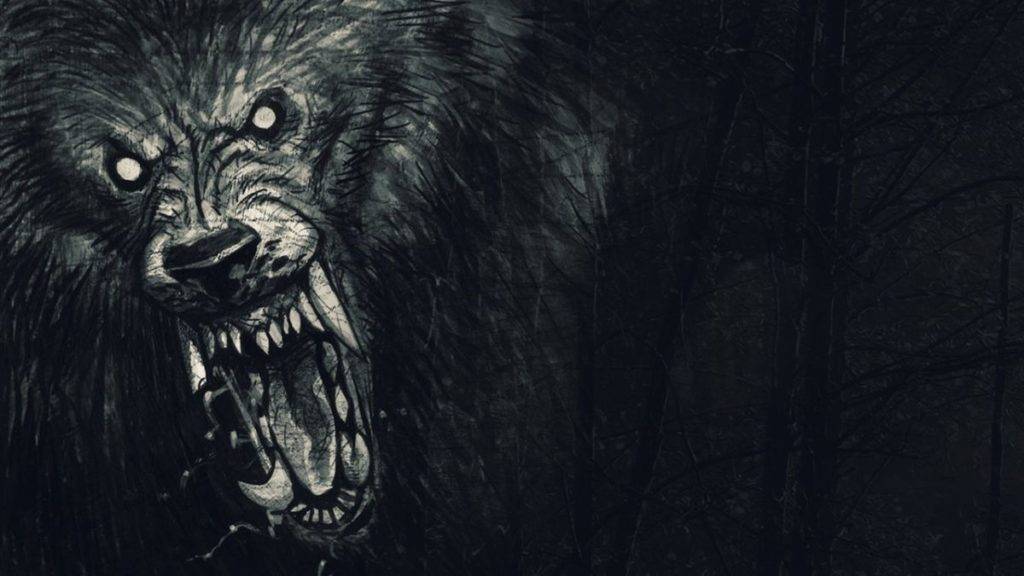
The concept of knotting in werewolf fiction has become a popular trope in recent years, particularly in the sub-genre of werewolf erotic fiction. In this article, we will explore the origins of knotting in werewolf fiction and its real-world implications.

What does it mean when a werewolf knots?
The term “knotting” in the context of werewolves refers to a specific sexual behavior that is commonly depicted in werewolf fiction and fan fiction. It involves a male werewolf’s penis swelling and becoming “knotted” inside the female werewolf’s vagina during intercourse, making it difficult or impossible for the pair to separate until the knot subsides.
While knotting is a common trope in werewolf erotic fiction, there is no scientific or historical basis for this phenomenon. The concept of werewolves itself is a purely fictional one, and the depiction of werewolves as having this specific sexual behavior is purely a product of human imagination.
The origin of the knotting trope can likely be traced back to the broader sub-genre of animal transformation fiction, which has existed for centuries. Stories of humans transforming into animals or vice versa have been a part of mythology and folklore in cultures all over the world, from ancient Greek tales of Zeus transforming into a swan to Native American legends of humans turning into bears or wolves. In many of these stories, the transformation is accompanied by sexual or erotic elements, such as the seduction of mortal men by supernatural women in Greek mythology or the idea of animal spirits mating with humans in Native American traditions.
The idea of werewolves specifically can be traced back to medieval European folklore, which depicted humans who could transform into wolves under certain conditions, such as a full moon. These stories often portrayed werewolves as violent and dangerous creatures, and while there were occasional mentions of sexual behavior between werewolves, there was no mention of knotting.
The modern depiction of werewolves as having this specific sexual behavior can likely be traced back to the rise of werewolf erotic fiction in the 20th century. This sub-genre of erotic fiction, which often involves shapeshifters and other supernatural creatures, has become increasingly popular in recent years, particularly online.
It’s worth noting that while knotting is a purely fictional concept, the portrayal of sexual behavior in werewolf fiction can still have real-world implications. Many people who read or write werewolf fiction may be using it as a way to explore their own sexual desires or fantasies, and the normalization of certain types of sexual behavior in fiction can influence attitudes and beliefs in the real world.
Ultimately, the concept of knotting in werewolf fiction is a purely fictional one with no basis in reality. While it may be an intriguing or titillating aspect of werewolf erotic fiction for some readers and writers, it’s important to remember that it is purely a product of human imagination and has no scientific or historical basis.
Can You Buy Chinchillas In Australia?
Why Does My Poop Smell Like Cat Pee?
Why Do Cats Clean Themselves In Front Of You?
How Much Caffeine Does It Take To Kill An Elephant?
What Does Dreaming Of Copper Head Snakes Mean?
